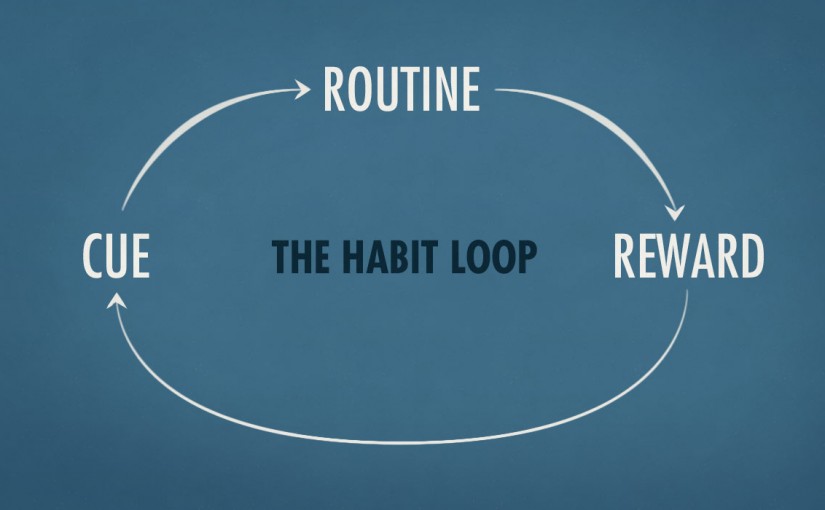Picture some of the following actions: Walking in your neighbourhood, solving 10 + 10, talking in your mother tongue, counting 6 oranges. Now imagine the following scenarios: Walking through a crowded railway station or airport, solving e2 cot 27.9, talking about science in a language that you cannot speak very well, counting 39 oranges. What difference did you notice between the two sets of situations?
If you pay close attention, you will notice that the amount of activity in the brain increases significantly during the activities in the second set. This is because those are situations that you are not used to being in on a regular basis. E.g. you may not even pay attention to your steps while walking through your neighbourhood, but while walking through the crowd of the railway station, you have to watch each step and be attentive. But if you are a regular commuter, even jostling through the crowd will become a habit. That exactly is the power of habits. Your mind runs in cruise mode when you perform activities as a habit and you will often find that it drifts into thoughts of its own while your body finishes the activity on its own accord. You can say that you are running on auto-pilot mode without thinking about it. Continue reading Understanding your body’s auto-pilot
